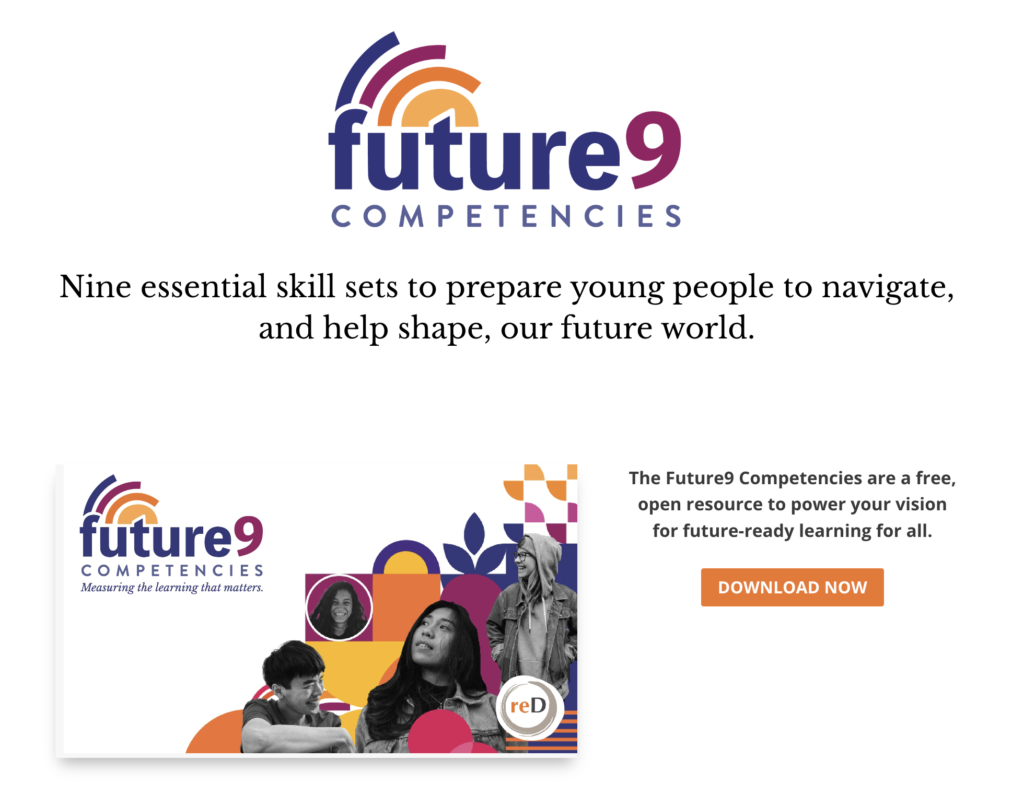Creating a collective vision or “profile of a graduate” that reflects the hopes and values of your community is a vital step in leading district transformation. But what happens next?
The challenge often lies in the steps that follow: translating these ideals into actionable, measurable outcomes and charting the path to ensure every learner has an opportunity to achieve them. Here are three key strategies to make your profile of a graduate actionable in the year ahead.

This is the “ground zero” version of your vision. If creating a profile of a graduate is like setting the north star for your learning system, then adopting student-centered competencies is creating the roadmap to guide your journey.
Student-centered competencies bring clarity, precision, and coherence to your K-12 learning outcomes. How? They include high-quality skill progressions that describe the learning pathway in specific, observable, developmental language. These progressions ensure your collective vision is not only visible, it is also measurable.
Quality skill progressions are a bear to write, and they are easy to get wrong. The good news? You don’t have to start from scratch. As the field of competency-based education has grown, so has the body of free and open resources to learn and build from.
For example, the recently released Future9 Competencies is a free, adaptable framework created to help education leaders define and measure nine essential skill sets for preparing young people for the future. Every Future9 competency includes ready-to-use skill progressions. The framework was informed by a broad base of research and shaped by feedback from educators, students, academics and industry leaders.

Once you’ve settled on competencies, what’s next? Rather than establishing a new, standalone initiative focused on implementation, consider integrating competencies as a resource to support existing initiatives. You’ve made your profile visible and measurable by adopting student-centered competencies; now it’s time to make them helpful.
Might I be so bold as to say, no matter what your current strategic priorities are for teaching and learning, student-centered competencies can be integrated meaningfully in one way or another–while leveling up rigor, agency and alignment in the process.
In South Carolina, competencies were introduced as a voluntary resource to support its Student Learning Objective (SLO) initiative, a component of the state’s teacher evaluation system. Teachers were thrilled to learn of and use the newly created Profile of the South Carolina Graduate Competencies for their SLO planning and documentation because it drastically lightened their design and planning workload.
Teachers were able to pull indicators from the skill progression to identify learning objectives and plan aligned instruction, and then use the skill progressions to measure and document growth. The use of competencies also created the added benefit of consistency across instructional teams in how they defined, and measured, learning objectives.
Take a close look at one skill progression, and you will likely start imagining the many ways they can be used to inform planning, instruction, and assessment.
Professional learning is key to any successful change effort. When planning your professional learning agenda, consider prioritizing programs that are explicitly outcome-based, and focused on specific, observable shifts in practice, which correlate with improved student outcomes (Gonzalez et al., 2022).
This article was originally published on District Administration. Keep reading >>
